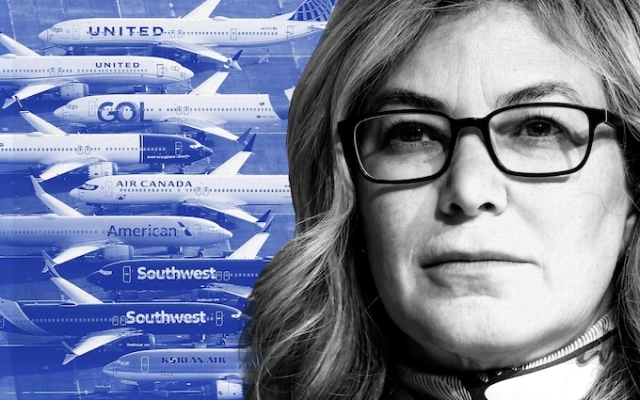
After the latest turn in a five-year production and safety nightmare, Boeing took decisive action this week and fired its CEO and chairman.
The purge at the top made headlines, but in the aerospace industry the biggest question mark was the replacement of engineer Stan Deal, head of Boeing's airliner division.
Stephanie Pope, who has a background in finance, can now shape the future of the crisis-hit 737 Max, and with it Boeing's chances of rebuilding its tarnished reputation and shattered finances.
Reaction to the move Industry insiders suggest that many are far from convinced that Pope, 51, can bring about the necessary changes.
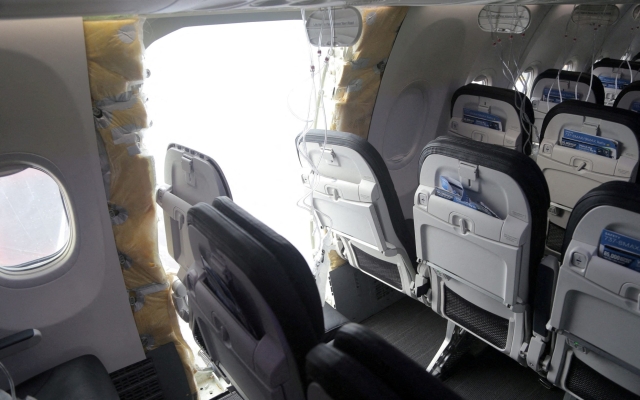 Alaska January Explosion Airlines led to chaos at Boeing. Photo: REUTERS
Alaska January Explosion Airlines led to chaos at Boeing. Photo: REUTERS
Her appointment comes weeks after a door seal on an Alaska Airlines 737 Max-9 jet blew out at 16,000 feet, causing an uncontrolled cabin decompression that left passengers fearing for their lives.
Inspections revealed that four bolts designed to hold the plug in place were missing, and further investigations revealed a number of quality control and manufacturing problems in the 737 program.
Although Pope is an aerospace industry veteran who has worked at Boeing for nearly three decades, experts say he lacks the engineering experience needed to solve such large-scale production problems.
Deal, who joined Boeing at 1997 as a result of merger with McDonnell Douglas. , has a graduate degree in aerospace engineering and has served in key positions on the 717 and MD-11 jet programs.
Pope, on the other hand, graduated with a degree in accounting and rose through the ranks to hold a number of positions in financial management. She later headed the services division, which helps support airline customers.
Although Pope's last role as Boeing's chief operating officer was overseeing quality control, engineering, manufacturing and supply chain, she has only been in that job since January , and there is hardly time for a deep understanding of the problems facing the 737 Max.
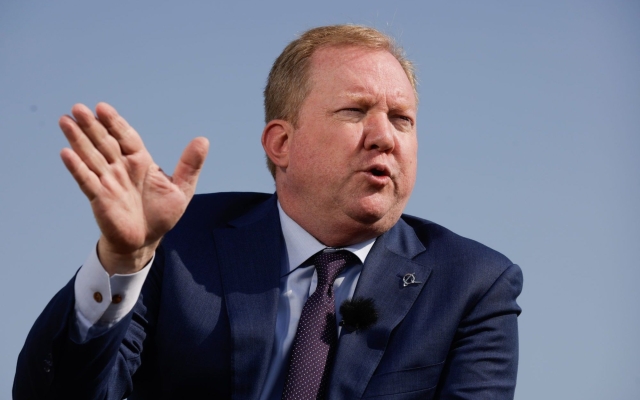 Pope takes his cues from Stan Deal, who has led the company since 2019. Photo: Jason Alden/Bloomberg
Pope takes his cues from Stan Deal, who has led the company since 2019. Photo: Jason Alden/Bloomberg
Taking the reins at Boeing Commercial Airplanes, as the jet business is called, will require a much more hands-on approach and an inevitably steep learning curve. Deal was appointed to lead BCA in 2019 after the Max was grounded worldwide following two fatal crashes that killed 346 people, later blamed on software that interfered with the plane's flight.
The plane returned to the skies in late 2020, and Boeing has since sought to speed up the pace of assembly as it races to ship hundreds of delayed planes to disgruntled airlines.
At the same time, the company has been plagued by a series of production glitches , which culminated in the Alaska Airlines incident.
Lee Hamilton, aviation industry consultant at Leeham, says the challenges are technical, not financial, and so technical understanding should be a requirement for everyone. BCA presenter.
He says: “I am absolutely baffled that Stephanie Pope has been appointed chief executive of commercial aircraft. No one in the industry I've talked to can understand it.»
Hamilton says he was also contacted by a New York banker who expressed dismay at the news.
Deal probably did just that. to leave after four years in which he failed to resolve quality control problems, but Hamilton said another woman, Elizabeth Lund, the division's senior vice president of quality, would be the best choice to lead BCA.
< p>She has a degree in mechanical engineering and previously held positions including general manager of aircraft programs, program manager for the 777, 747 and 767 aircraft, and manager of Boeing's sprawling Everett assembly plant near Seattle.
< p>Guide to the production of jet airliners. archrival Airbus has been led by a non-engineer in former sales chief Christian Scherer since January, although the company has little sympathy for the production problems currently facing Boeing.
What's at stake for the US giant is its short-term profitability and reputation among airlines, passengers and regulators, and its ability to compete with Airbus in the future.
The European firm has raced ahead in deliveries following the Boeing 737. The Max suffers a crash and subsequent model retirement, and Boeing has made little progress in closing the backlog, delivering just 528 planes last year to Airbus's 735.
The US Federal Aviation Administration, already struggling to raise monthly production figures, forced Boeing to shelve plans for a rapid expansion this year following the Alaska disaster after an investigation found «unacceptable quality assurance problems.»
Boeing failed 33 of 89 tests conducted by the FAA as part of a six-week review of the 737 Max manufacturing process, and Spirit AeroSystems, which supplied the door plug, failed seven of 13, the New York Times reported. this month.
Issues identified included five with the plug, as well as others related to the cargo door and cabin window installation. Among the violations identified were the use of a hotel key card to test the integrity of door seals and the use of detergent as a lubricant to install the same seals.
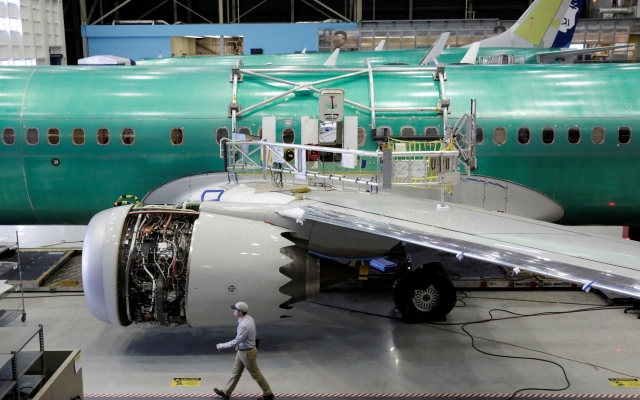 Boeing previously failed a number of tests as part of an audit of its manufacturing process. Photo: REUTERS/Jason Redmond
Boeing previously failed a number of tests as part of an audit of its manufacturing process. Photo: REUTERS/Jason Redmond
The FAA also highlighted issues of non-compliance in parts handling, storage and product inspection. The delivery of 50 planes was delayed after the discovery of improperly drilled holes in their fuselages.
Max's crisis on Boeing's business has been so severe that the airliner sector, once a cozy duopoly, is beginning to look lopsided. since Airbus is the dominant player and the American firm is a poor relative, at least in the narrow-body aircraft market.
Sash Tusa, an aviation analyst at Agency Partners, says a key factor in Boeing's demise was the lack of executives at the top level with a deep understanding of manufacturing.
He says: “If Boeing is going to sort this mess out, it needs to put in engineers to leadership positions. At the root of all these problems is the depletion of their engineering expertise.»
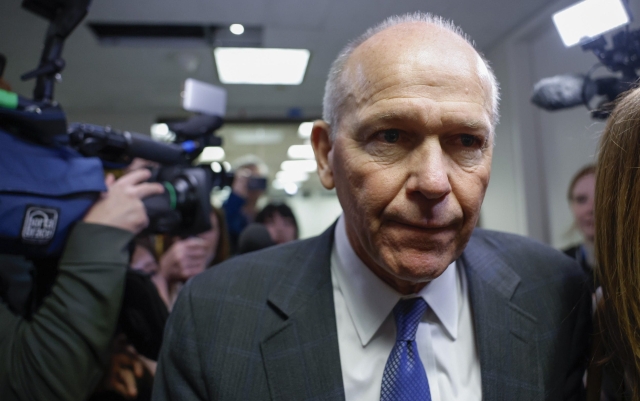 CEO David Calhoun will leave at the end of the year. Photo: Anna Moneymaker/Getty Images
CEO David Calhoun will leave at the end of the year. Photo: Anna Moneymaker/Getty Images
Like Pope, chief executive Dave Calhoun, who will retire by December, has a college degree in accounting. Before joining Boeing in 2020, he spent six years as head of portfolio operations at investment firm Blackstone. Although he spent 26 years at General Electric, including in the jet engine division, he primarily worked in finance and marketing.
Sir Tim Clark, the veteran chief executive of Dubai-based Emirates, the world's largest long-haul airline, said in comments after the reshuffle was announced that Boeing «needs a strong engineering leader as a leader» coupled with management that prioritizes safety and quality . . He also supported calls by the United States United Machinists for a seat on the board of directors to better understand concerns on the factory floor.
He said: “Time, unfortunately, is not on their side. My advice would be to start thinking seriously outside the box as soon as possible.»
Ryanair CEO Michael O'Leary was more conciliatory, posting a video in which he said he looked forward to working with Pope as well as Calhoun until the end of his tenure to eliminate delays in the delivery of 737 aircraft.
O'Leary, who has said he will seek compensation for the impact of delays on summer capacity, is himself a qualified accountant and worked for KPMG and then worked as a financial adviser to Ryanair founder Tony Ryan.
In contrast Calhoun and Chairman Larry Kellner, who will leave after Boeing's annual shareholder meeting in May, Deal left immediately, leaving Pope to immediately take charge of the aviation division and its problems.
Despite industry reticence, she is also touted in some circles as a possible successor to Calhoun himself, along with General Electric CEO Larry Culp, Carrier Global CEO David Gitlin and others.
Top choice for CEO, Tusa. says it could be Patrick Shanahan, the chief executive of Spirit Aero, which Boeing is in talks to buy.
Shanahan has held the top position at Spirit since October, when he was brought in temporarily to fix problems, including earlier manufacturing errors, related to components supplied for the 737.
He previously spent more than 30 years at Boeing, holding leadership positions across the company's civil aircraft portfolio and leading the turnaround of the wide-body 787 Dreamliner program after it suffered production failures that led to a three-year entry-into-service delay. In 2019, he left for a two-year term as Donald Trump's deputy secretary of defense.
The challenge facing Pope, the 737 Max and Boeing as a whole extends beyond the production line. Even before the crashes and production crisis, the plane had difficulty matching the sales of the narrow-body Airbus A320neo.
While both models are modernized versions of older aircraft, the Airbus plane was less constrained by the limits of its design's expandability. This is reflected in sales numbers: the 737 Max has received fewer than 6,500 orders, while the A320neo has more than 10,000, including more than 500 orders for a variant that can fly further than any Max.
Such is the popularity of the Airbus aircraft, which new buyers will have to wait several years for delivery of, which, paradoxically, helps maintain interest in the Boeing model, which is more affordable.
Tusa says: “It came to something when Boeing's best-selling aircraft is actually receiving orders only because Airbus has no spare capacity. Of course, Boeing needs to sort out its production problems, but it also needs to recognize that it has a deeper problem, which is that the Max is simply not competitive.»
The only answer is to start working on a Max successor now. he says, rather than proposing it by the mid-2030s as currently envisaged, which would further add to Pope's list of concerns.
A Boeing spokesman said about half of Pope's management team is made up of engineers. The company also cited Calhoun's comments in a message to employees in which he said she had a «proven track record of leadership excellence.»








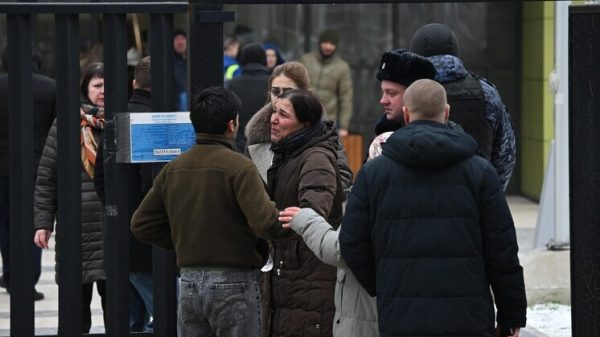




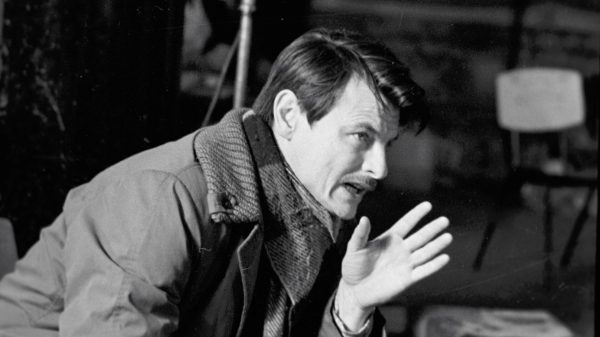








































Свежие комментарии